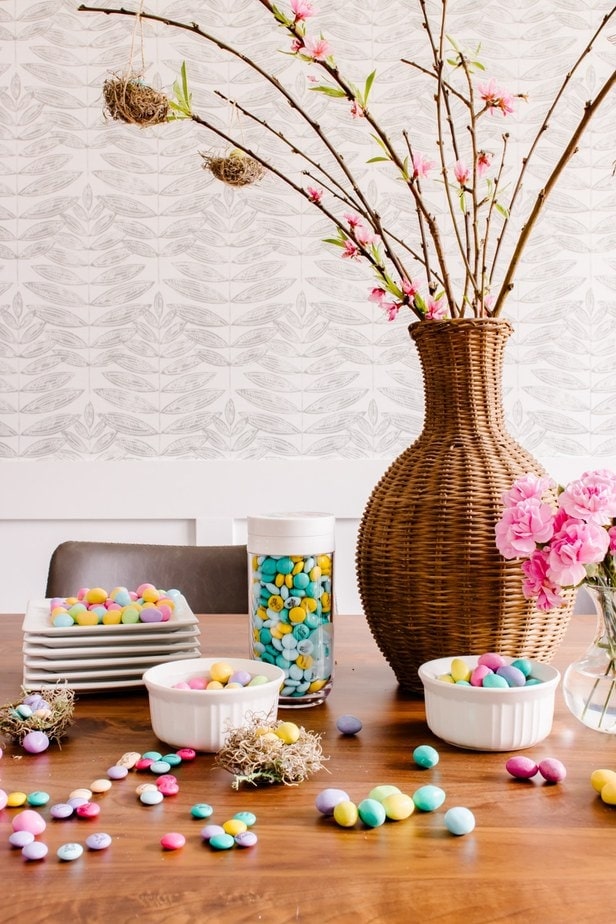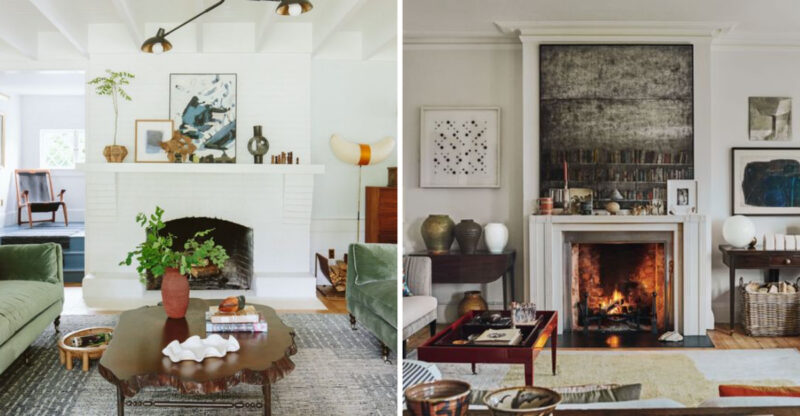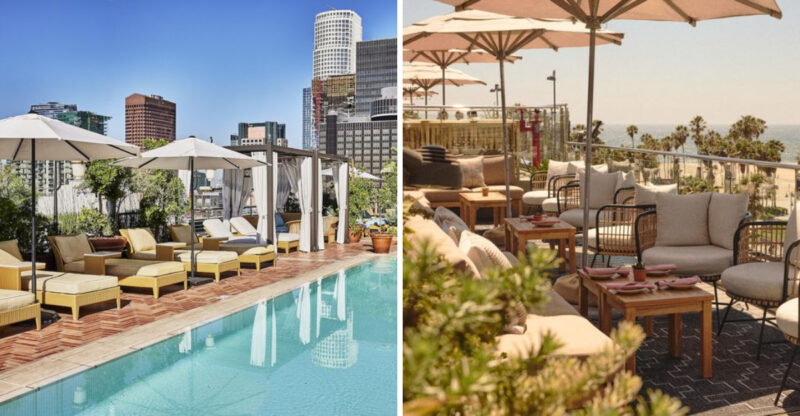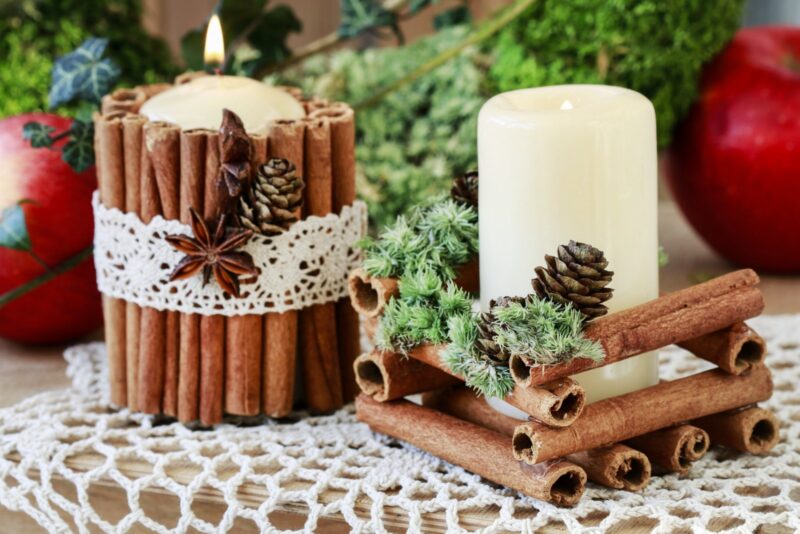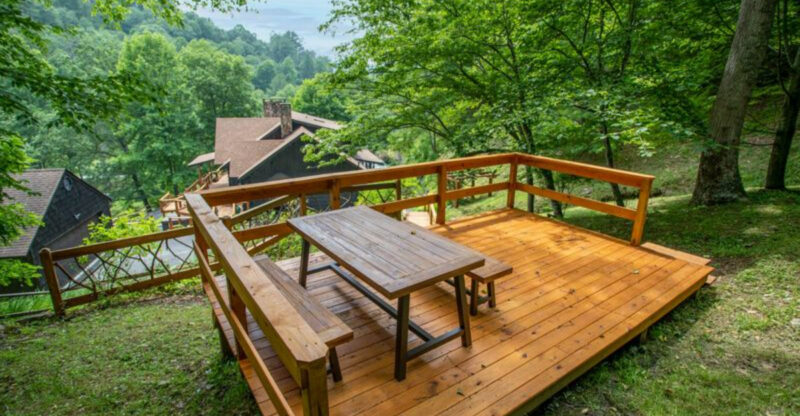10 Paint Colors That Work With Brown Furniture (And 10 That Don’t)
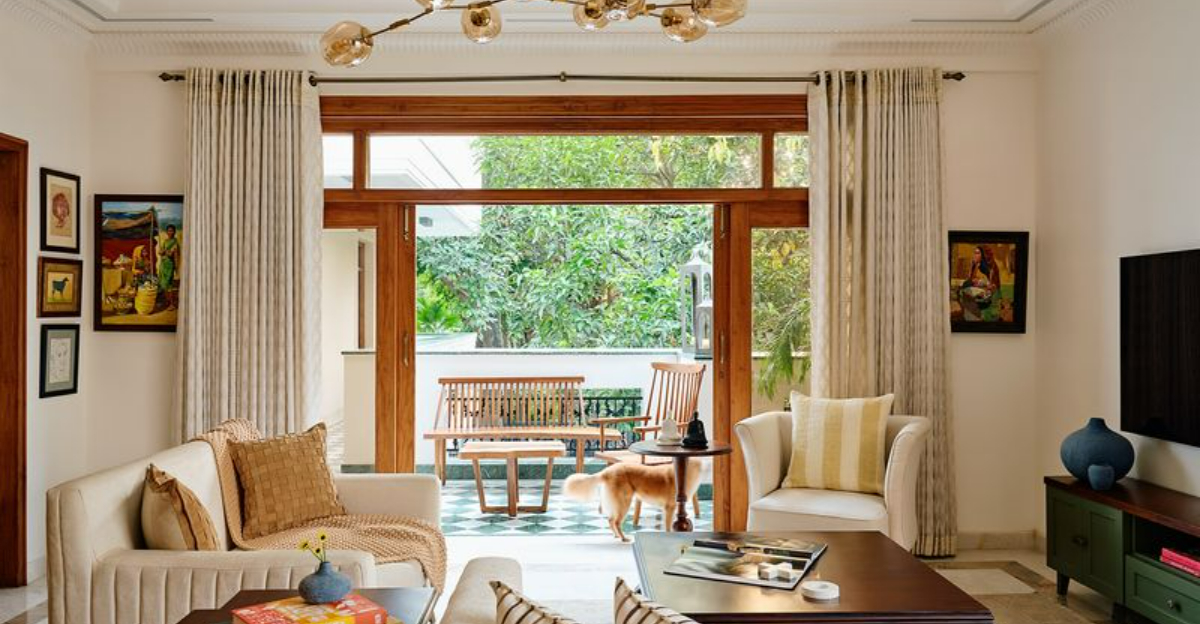
Choosing the right paint color to complement your brown furniture can transform your living space from drab to fab. Brown furniture pieces are versatile investments, but pairing them with the wrong wall color can make your room feel dated or dreary.
I’m sharing my favorite paint colors that beautifully enhance brown furniture, plus the shades you should definitely avoid for a harmonious home.
1. Sage Green – A Natural Winner
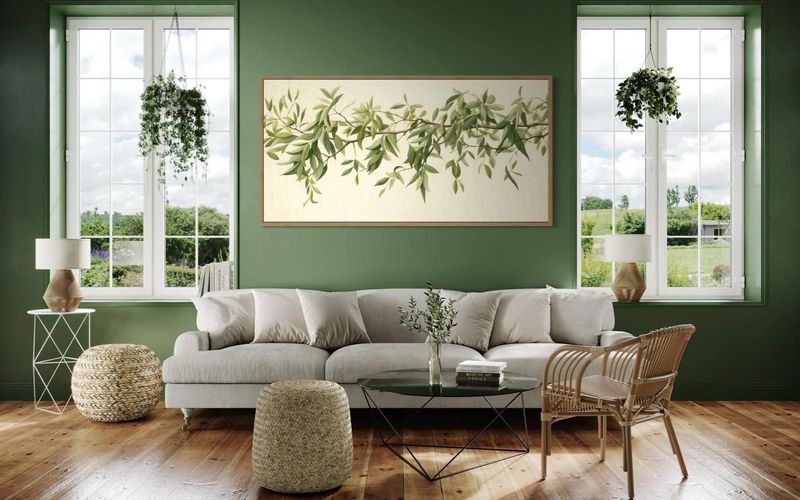
The earthy undertones of sage green create a peaceful backdrop that makes brown furniture look rich and inviting. This nature-inspired hue brings the outdoors in, establishing a serene atmosphere that feels both refreshing and grounding.
I’ve used sage in my own living room with chocolate brown leather sofas, and the combination feels like a walk through a forest. The subtle green doesn’t compete with the furniture but instead enhances its warmth.
2. Soft Blue – Unexpected Harmony
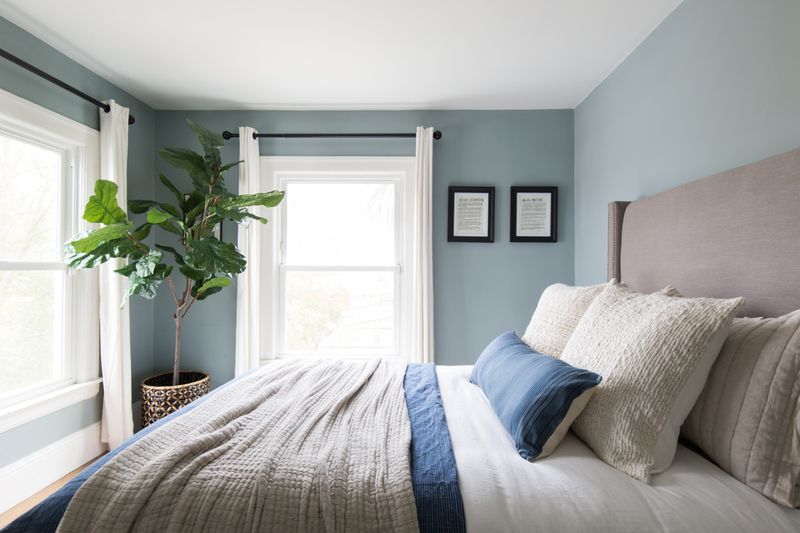
Blue and brown might seem like an unusual pairing, but soft, muted blues create a stunning contrast with rich brown furniture. Think of jeans with a brown leather belt – that same classic combo works beautifully on your walls! I recommend powder blue or slate blue for an instantly refreshing look.
This combination reminds me of the sky meeting the earth, bringing a natural balance that feels both sophisticated and relaxing in living spaces.
3. Creamy White – Clean Canvas
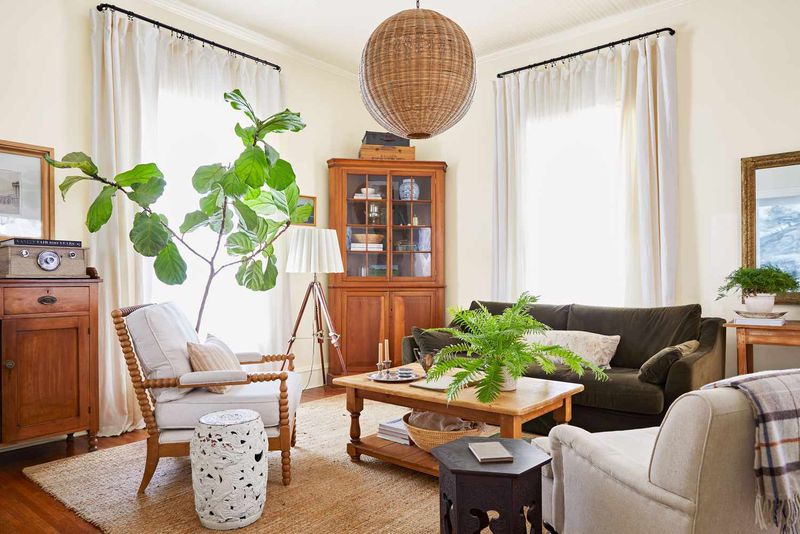
A warm white with creamy undertones provides the perfect blank canvas for showcasing brown furniture’s natural beauty. Unlike stark whites that can create harsh contrasts, creamy whites soften the look while maintaining a clean, fresh aesthetic.
I painted my dining room this shade last year, and my walnut table suddenly became the star of the space. The brightness opens up the room while the cream undertones keep it from feeling cold or clinical against the wood tones.
4. Warm Beige – Timeless Elegance
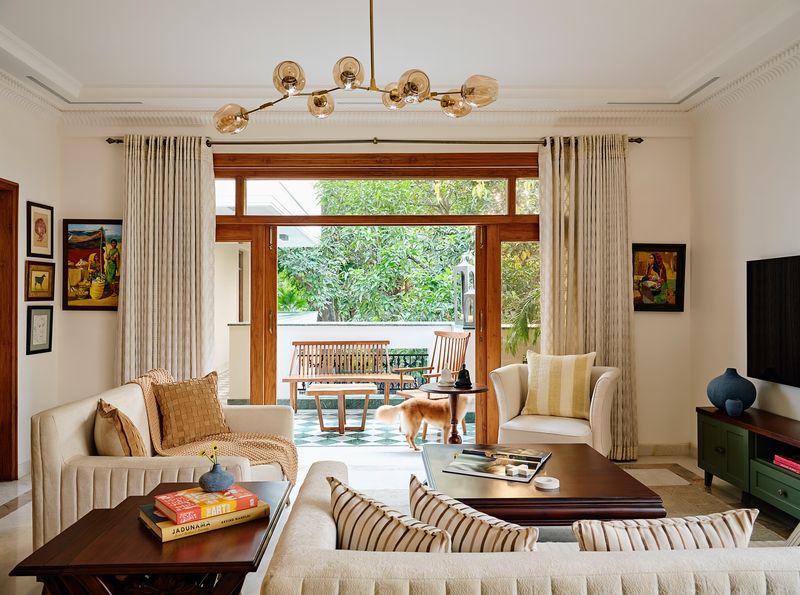
Nothing pairs more seamlessly with brown furniture than a sophisticated beige. The neutral warmth creates a cozy foundation that allows your brown pieces to stand out without clashing or competing for attention.
My clients are always amazed at how this simple color choice instantly elevates their space. The key is choosing beiges with yellow or pink undertones rather than gray ones for that perfect harmony with brown’s natural warmth.
5. Terracotta – Mediterranean Magic
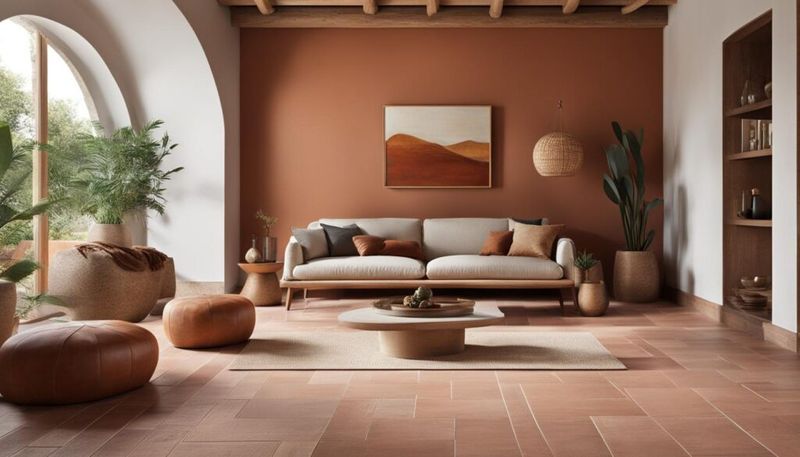
Channel warm Mediterranean vibes with terracotta walls that complement brown furniture beautifully. This earthy orange-brown creates a rich, sunbaked feeling that makes spaces feel instantly cozier and more intimate.
My favorite approach is using terracotta in dining rooms or studies where the enveloping warmth encourages lingering conversations. The reddish undertones in terracotta bring out similar notes in brown woods, creating a harmonious color story that feels intentional and inviting.
6. Pale Yellow – Sunshine Vibes
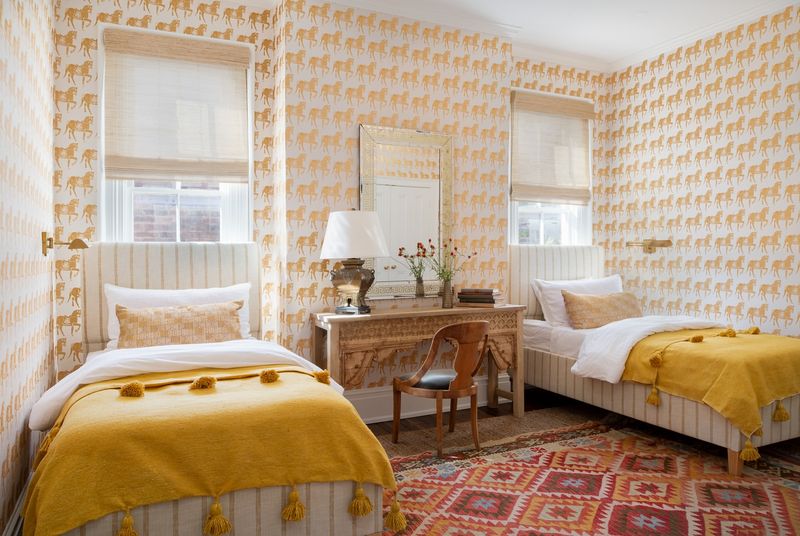
Buttery pale yellow walls inject cheerful energy while beautifully complementing brown furniture. This sunny hue counterbalances the heaviness of dark woods, creating a space that feels both grounded and uplifting. I painted my guest bedroom this color, and visitors always comment on how happy the room feels.
The key is choosing a yellow with enough warmth to connect with the brown tones while being light enough to brighten the space.
7. Slate Gray – Modern Sophistication
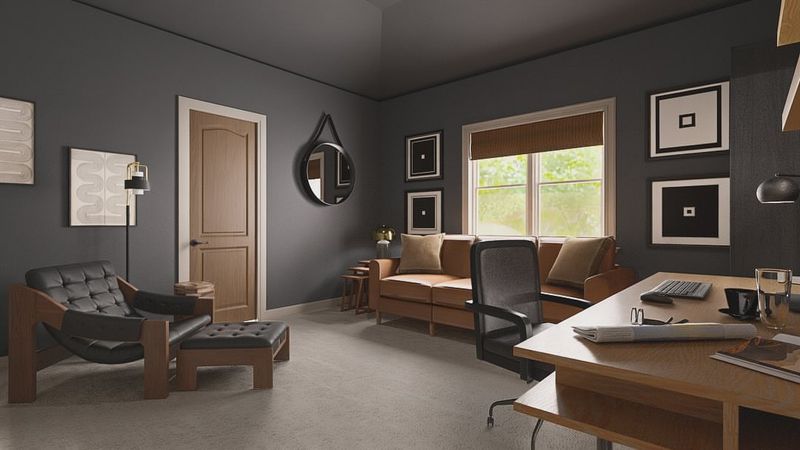
For a contemporary edge that still works with traditional brown furniture, slate gray delivers serious sophistication. This cool-toned neutral creates dramatic contrast that makes brown furniture pop while maintaining an elegant, understated backdrop.
I’ve used this combination in home offices where the professional vibe feels both current and timeless. The gray’s blue undertones create visual interest against the warmth of brown, resulting in a balanced space that feels intentionally designed rather than accidental.
8. Olive Green – Natural Connection

Olive green creates a nature-inspired backdrop that makes brown furniture feel right at home. This military-inspired shade has enough depth to stand up to dark woods while still providing beautiful contrast. My brother painted his den this color, and his leather sectional suddenly looked twice as expensive!
There’s something about this earthy green that enhances the natural quality of wood and leather, creating spaces that feel grounded and authentic without trying too hard.
9. Soft Coral – Unexpected Delight
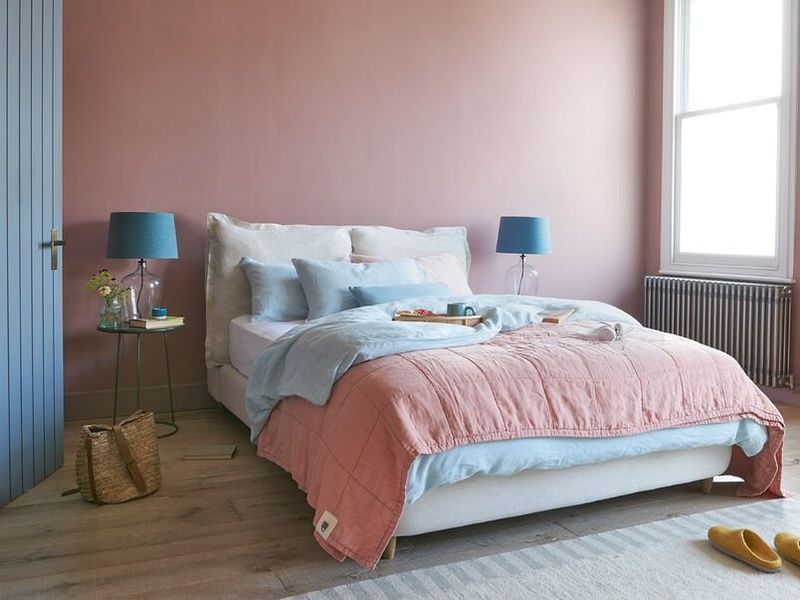
Soft coral creates a surprisingly beautiful backdrop for brown furniture, adding warmth and personality without overwhelming the space. This peachy-pink hue brings out the reddish undertones in many brown woods, creating a harmonious color story.
I recommended this shade to a client who wanted something different for her bedroom, and she was thrilled with how it made her dark walnut furniture shine. The feminine softness of coral balances beautifully with the masculinity of substantial brown pieces.
10. Rich Burgundy – Dramatic Depth

For those willing to make a bold statement, burgundy creates a luxurious backdrop that pairs magnificently with brown furniture. This wine-inspired color adds dramatic depth while sharing enough red undertones to connect seamlessly with brown woods.
I painted an accent wall this shade behind my client’s brown leather chesterfield, and the result was pure sophistication. The rich color creates a cocooning effect that makes living rooms and libraries feel especially inviting during colder months.
11. Bright White – Harsh Contrast

Stark, bright whites create an uncomfortable contrast with brown furniture that often feels unintentional rather than designed. The extreme difference in tone can make your brown pieces look dated or like they don’t belong in the space.
I’ve seen this mistake in many homes where the white walls make brown furniture appear even darker and heavier than it actually is. Instead of the clean look homeowners hope for, the result often feels disjointed and lacks the warmth that makes spaces feel inviting.
12. Pastel Pink – Clashing Combination

Sweet pastel pink creates an unfortunate clash with most brown furniture. The saccharine quality of baby pink fights against the earthy seriousness of brown, creating a disharmony that’s visually jarring.
I once had a client who insisted on this combination despite my warnings, and we ended up repainting within six months. The feminine delicacy of pastel pink simply doesn’t provide enough substance to balance with substantial brown furniture, making both elements look out of place.
13. Neon Green – Visual Overload

Electric neon green might be fun for accents, but as a wall color paired with brown furniture, it creates visual chaos. The extreme brightness and artificial quality of neon green fights against the natural, organic feel of brown wood and leather.
A former neighbor chose this combination for their game room, and it was genuinely difficult to spend time in the space. The walls demanded so much visual attention that the furniture seemed to disappear in some places while clashing horribly in others.
14. Bubblegum Pink – Childish Clash
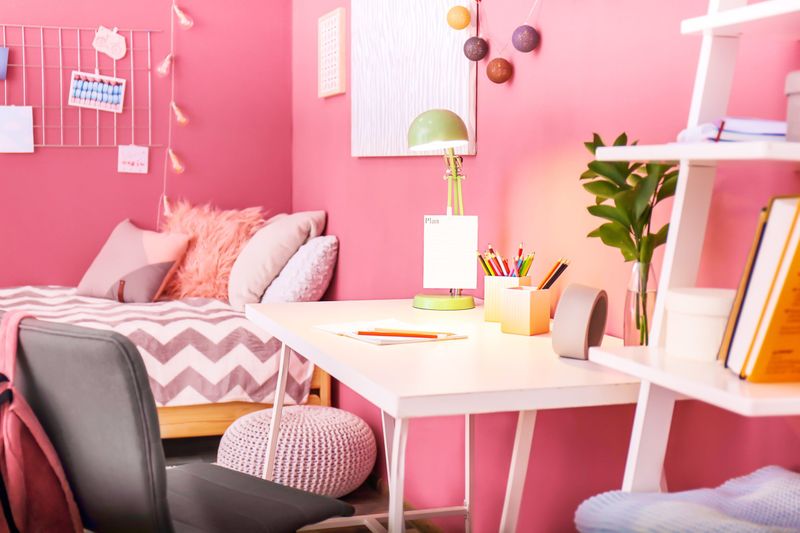
The youthful energy of bubblegum pink creates an immature backdrop that diminishes the sophistication of brown furniture. This bright, saturated pink has none of the subtlety needed to complement brown’s natural elegance. A client’s teenage daughter chose this color for her bedroom, which housed a beautiful brown wood bedroom set.
The furniture that should have looked timeless instead appeared heavy and old-fashioned against the juvenile pink. Some colors simply belong in different design stories, and these two don’t share the same narrative.
15. Charcoal Black – Too Heavy
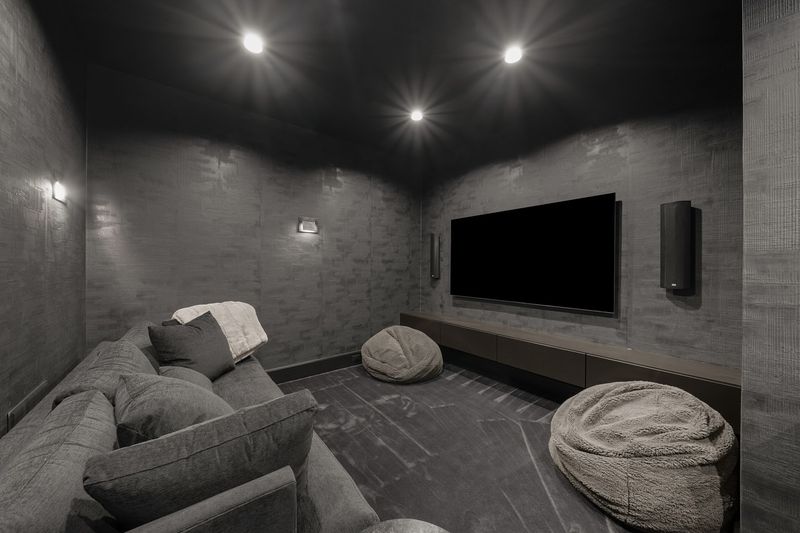
Dark charcoal or black walls paired with brown furniture can create an overwhelmingly heavy atmosphere that feels oppressive rather than cozy. Without sufficient contrast, brown furniture can virtually disappear against such dark backgrounds.
My sister tried this trend in her living room and immediately regretted it. The combination absorbed all available light, making the space feel cave-like and smaller than it actually was. Dark brown furniture needs some brightness to balance its substantial presence.
16. Primary Red – Competing Colors
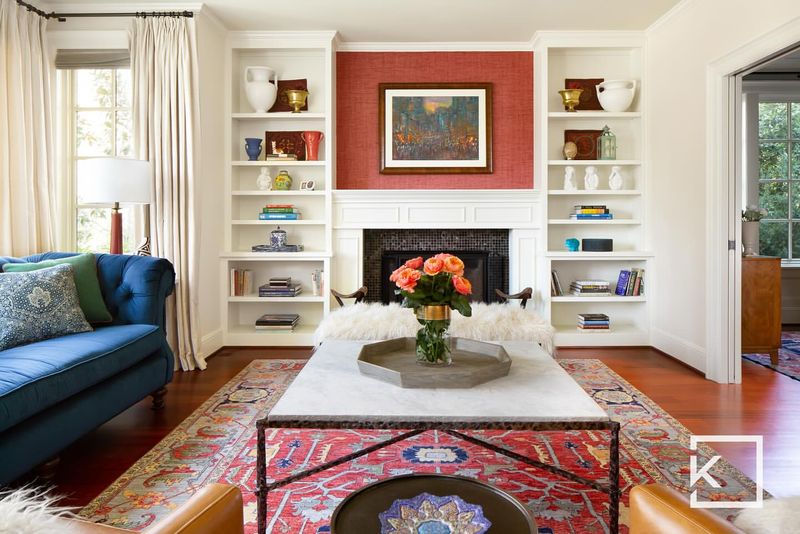
Bright primary red creates a competitive relationship with brown furniture that never quite resolves itself visually. The boldness of true red demands attention while brown naturally tries to ground a space, resulting in a visual tug-of-war.
I’ve seen this attempted in dining rooms where homeowners want drama, but the effect is often more chaotic than intended. The warm undertones in both colors should theoretically work together, but the intensity of primary red overwhelms the subtlety in brown’s natural variations.
17. Lavender – Conflicting Undertones
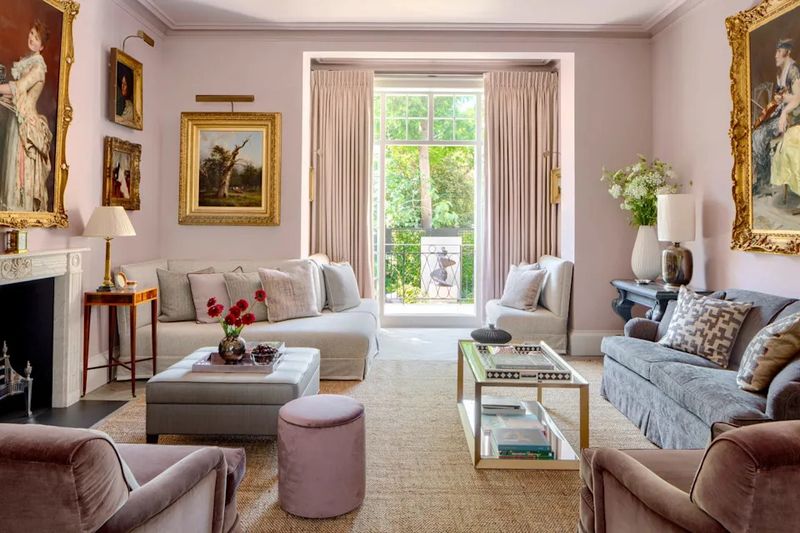
The cool purple undertones in lavender create an uncomfortable disconnect with the warm nature of brown furniture. This pastel purple lacks sufficient depth to balance with substantial brown pieces, resulting in a combination that feels accidental rather than intentional. I helped a client repaint her lavender bedroom after she inherited her grandmother’s cherry bedroom set.
No matter how we arranged the furniture, the colors never felt cohesive. The cool, delicate quality of lavender simply doesn’t provide the right foundation for warm, substantial brown.
18. Bright Orange – Overwhelming Warmth

While brown and orange share warm undertones, bright pumpkin orange creates too much heat when paired with brown furniture. The combination can feel like visual overload, with both colors competing in the same temperature range.
A client once showed me their bright orange living room with a brown leather sectional, hoping I could make it work with accessories. Unfortunately, the space felt perpetually like it was dressed for Halloween. The intensity of bright orange overwhelms the natural subtlety of brown’s organic appeal.
19. Lime Green – Jarring Contrast

The acidic brightness of lime green creates a jarring, unnatural contrast with the organic quality of brown furniture. This high-energy color demands constant attention, making it difficult to create a relaxing space when paired with substantial brown pieces.
Despite the home’s many positive features, this color pairing was so distracting that it was all potential buyers commented on. The artificial quality of lime simply doesn’t complement brown’s natural appeal.
20. Cool Gray – Disconnected Pairing
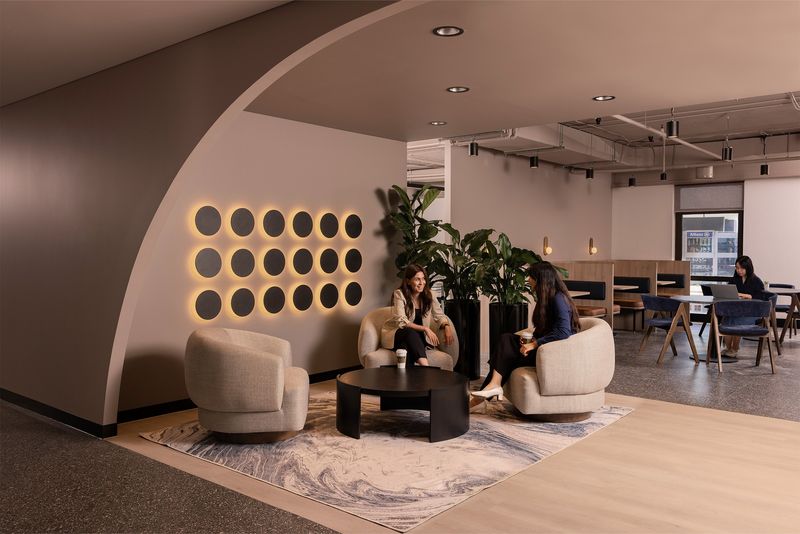
Cool grays with blue undertones create a disconnected feeling when paired with warm brown furniture. This temperature mismatch often makes brown pieces look orange-tinted and dated against the sleek modernity of cool gray.
I’ve helped several clients repaint their cool gray living rooms when they couldn’t understand why their brown furniture suddenly looked wrong. The issue wasn’t the furniture but the competing undertones. Without warmth in the gray to connect with the brown, the two colors exist in separate visual worlds.

